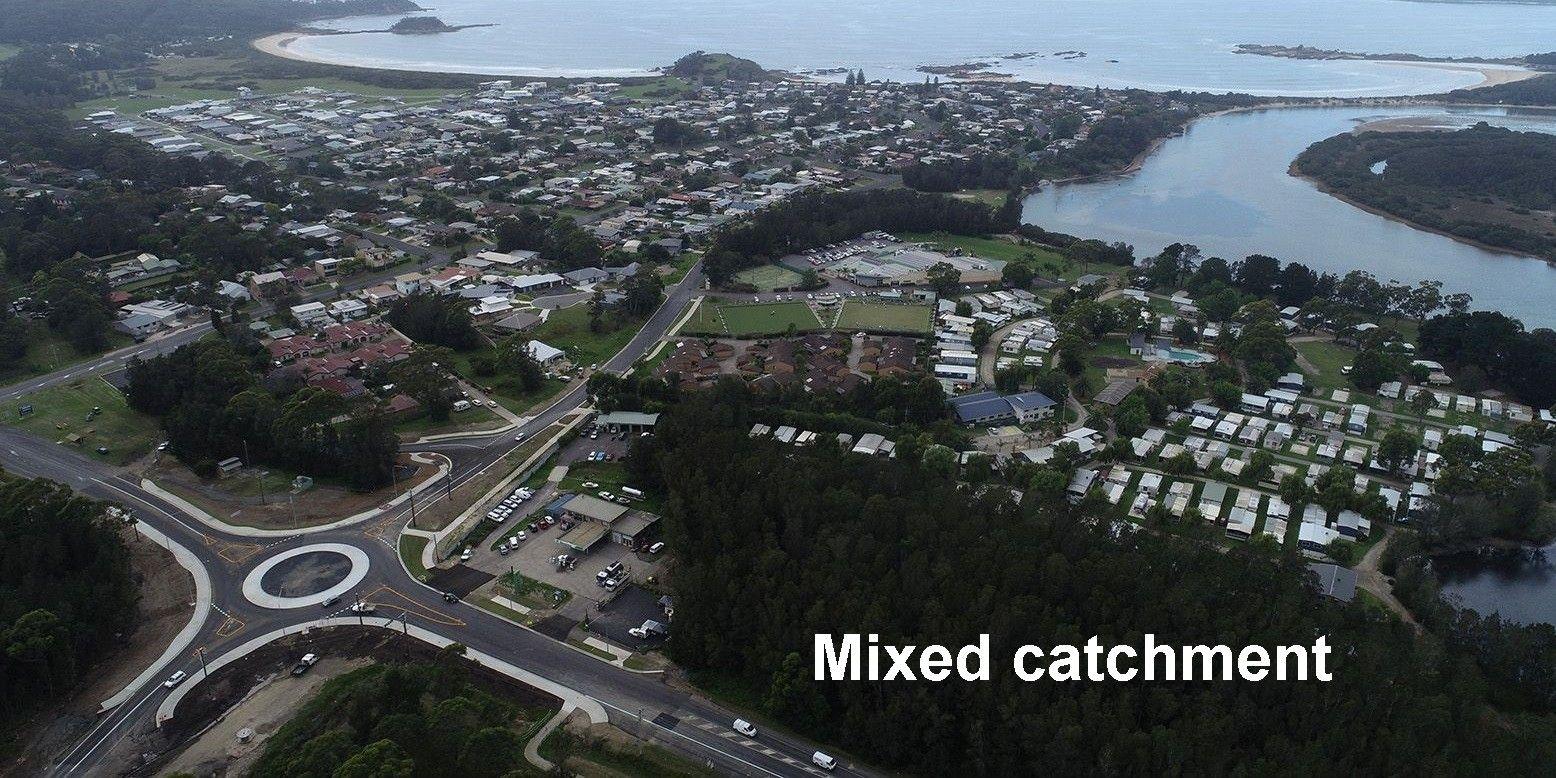Split Catchments
- This node is generally used to represent roof areas for any building including sheds and car ports.
- Roof nodes can only be modelled as 100% impervious in accordance with NSW, QLD, VIC & SA guidelines.
- In QLD, the pollution generation from roofs is dependent on the development type (industrial/commercial/residential).
- For all other locations, the pollution generation for roofs is independent of development type.
- In VIC, this node should only be used to model non-trafficable roofs.
- For modelling trafficable roofs (eg: terraces and balconies) in VIC, see “Road, Sealed Road, Balcony, Terraces, Footpath” section.
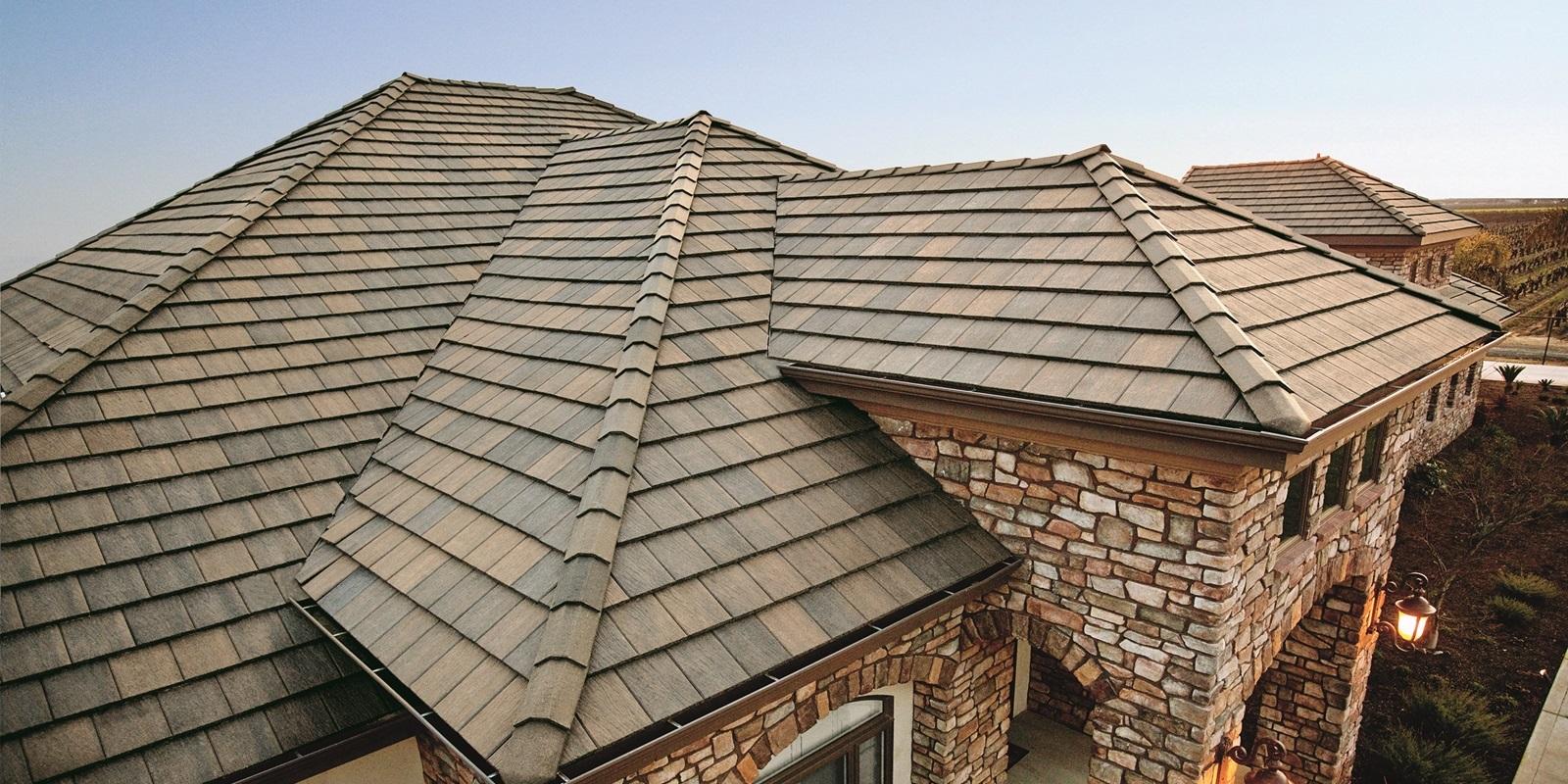
- This node is generally used to represent paved areas such as carparks, roads and pathways.
- In VIC, this node is also used to represent trafficable roof areas such as balconies & terraces.
- In QLD, the pollution generation from road is dependent on the development type (industrial/commercial/residential).
- For VIC, road areas have to be modelled as 100% impervious.
- For QLD, road areas can be modelled to include some percentage of pervious areas (eg: small landscape areas in carparks or verges on highway).
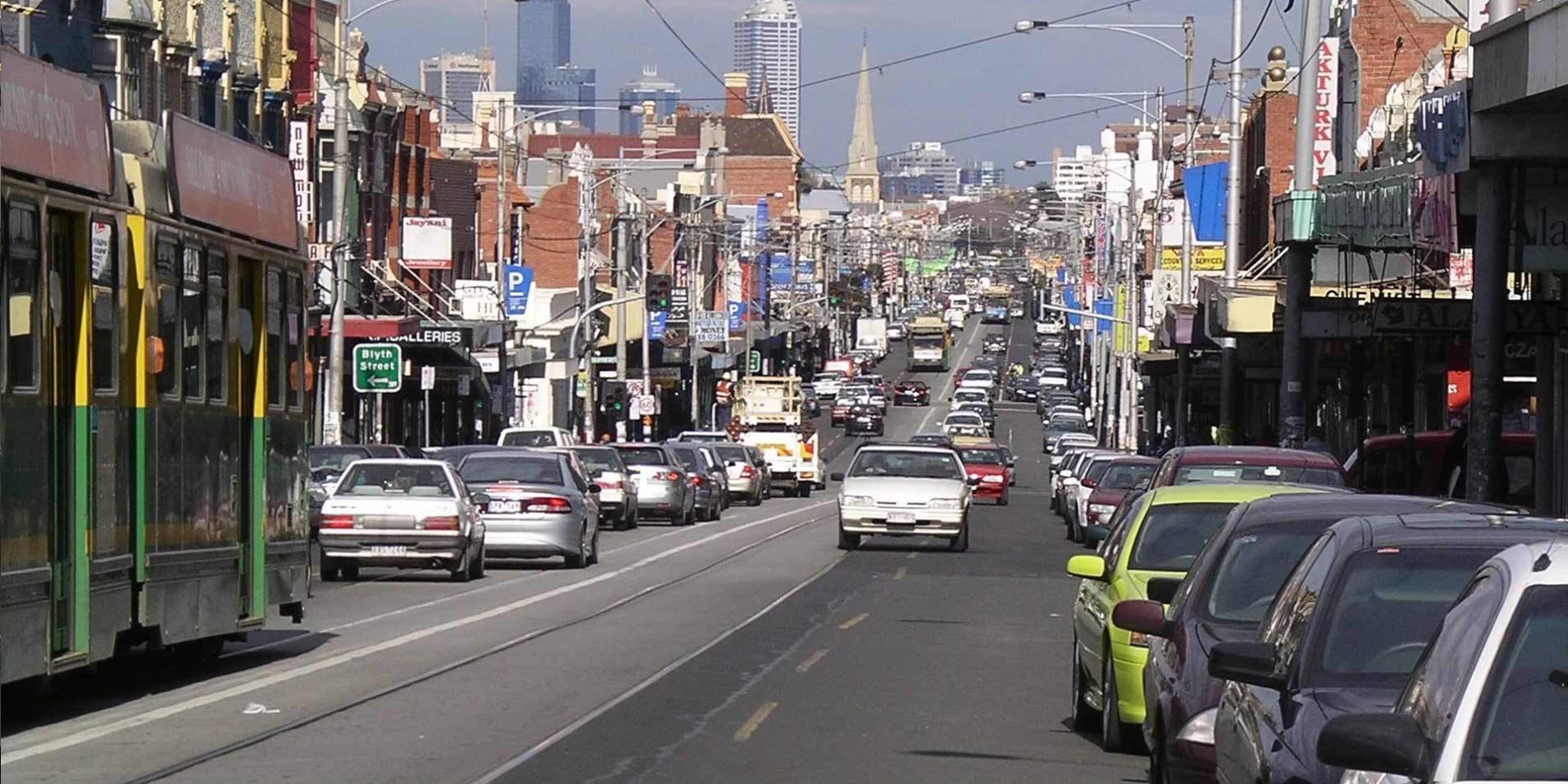
- This node is only used in NSW regions since the NSW guidelines differentiate between pollution generation on sealed & unsealed road areas
- In NSW, sealed and unsealed road areas can be modelled to include some percentage of pervious areas (eg: small landscape areas in carparks or verges on highway).
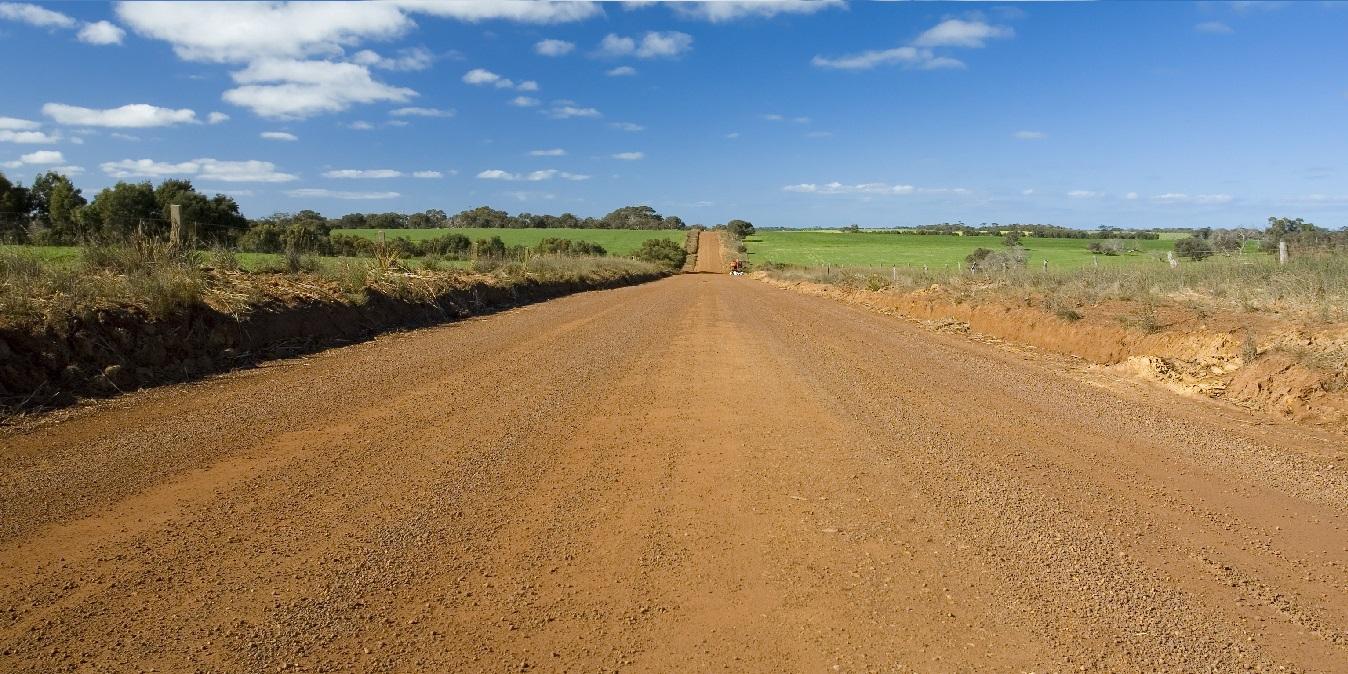
- This node is generally used to model areas that are predominantly pervious such as urban landscaping & residential backyards.
- In QLD, the pollution generation from Landscapes is dependent on the development type (industrial/commercial/residential).
- For NSW, pervious areas are modelled using varying parameters depending on soil type (see “Soil Type” section).
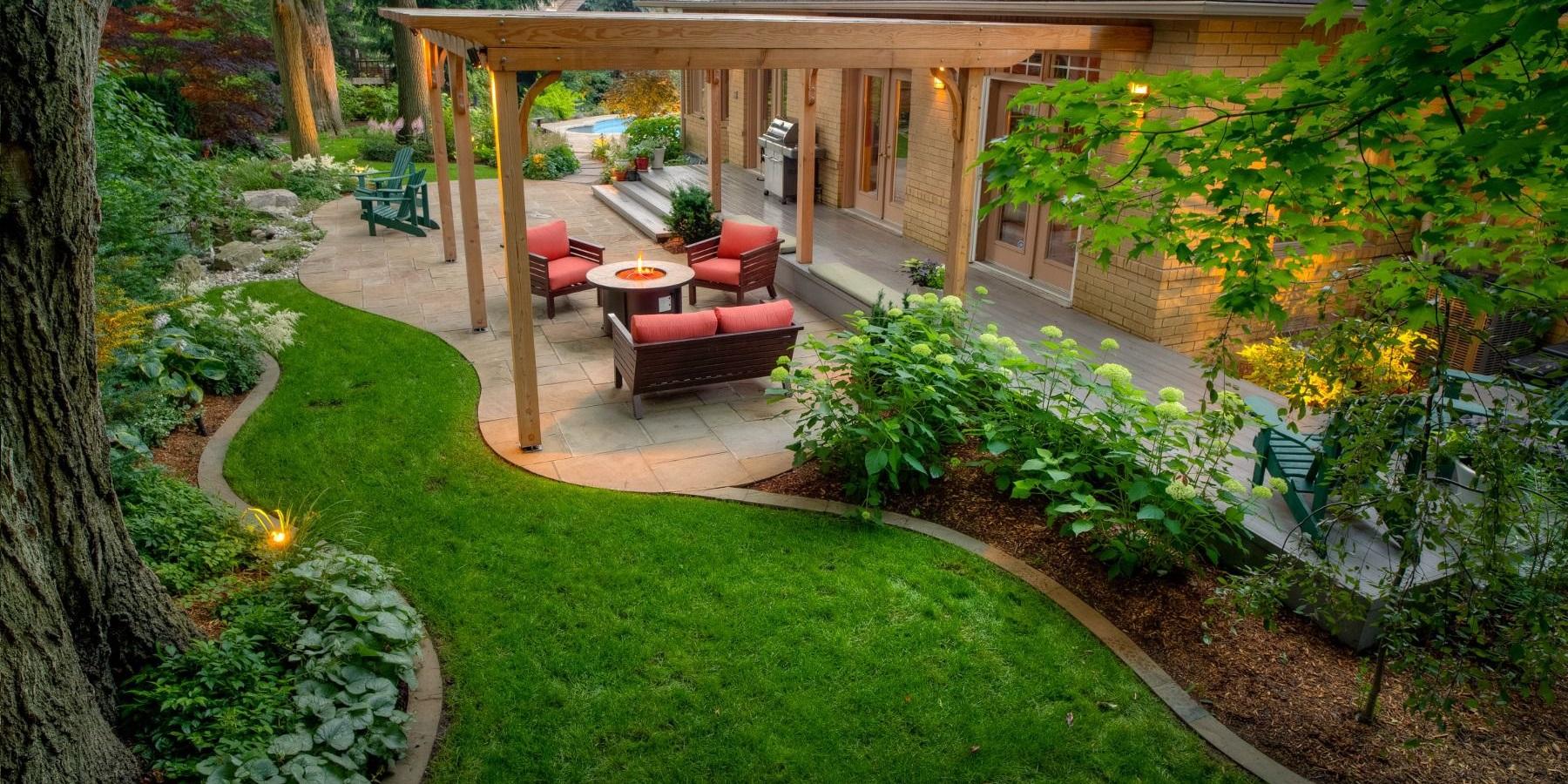
- These nodes appear for some authorities to enable backwards compatibility and allow Council to verify JCO models with Council’s MUSIC- link (details in image below).
- This is due to a drawback in MUSIC-link (one of many), requiring Roof nodes to contain the correct soil type parameters for the location in order to verify them as compliant
- However, soil parameters are only relevant if there is a percentage of pervious area in the node.
- NSW MUSIC guidelines specify that Roof nodes must be modelled as 100% impervious, meaning soil parameters are irrelevant for verification of Roof nodes.
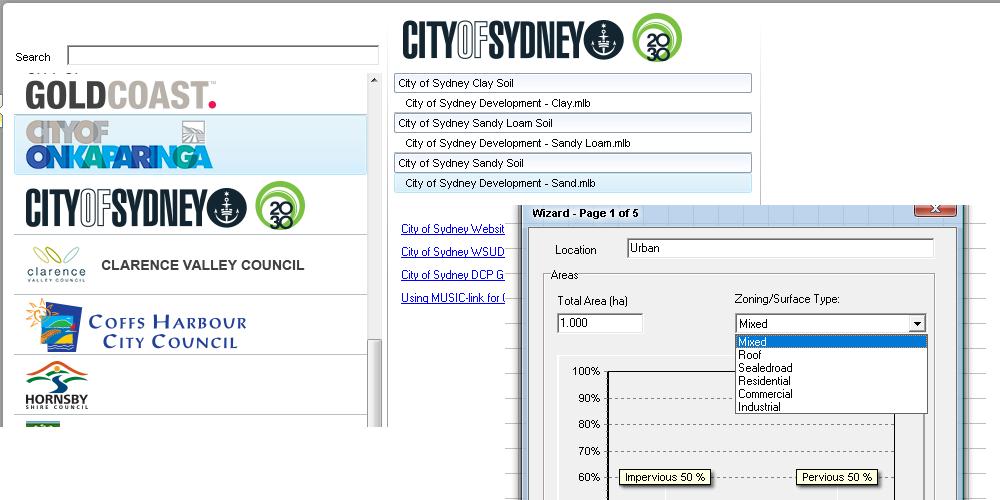
- For NSW, pervious areas are modelled using varying soil type parameters as per each Authority’s guidelines (eg: clay, sandy loam, silty clay)
- NSW MUSIC guideline requires soil type for modelling be identified based on topsoil (the top 0.5m layer of soil )
- To identify appropriate topsoil type for modelling:
- Engage geotechnical report/ services.
- Consult Council engineer.
- Estimate by going to NSWE-spade websiteand following steps in image on the below.
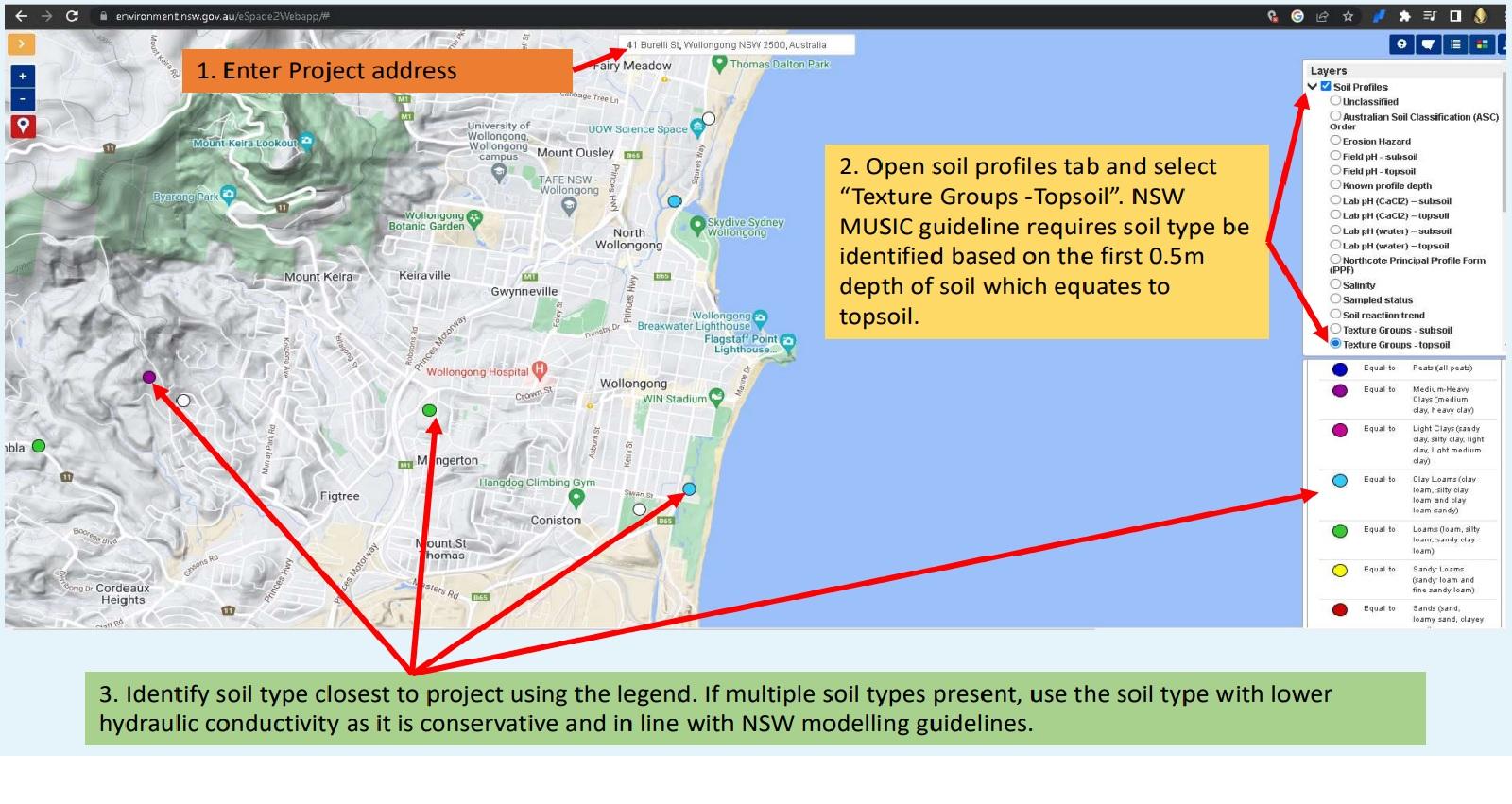
- The separation between Roof, Road and Landscape has to do with the amount of pollutants these areas generate.
- Generally, Roads generate far more pollutants than Roof, especially TSS (Total Suspended Solids).
- Soil characteristics for 100% impervious areas do not matter, because the soil areas on which water falls is zero.
- Soil parameters have an impact on how much water
- is lost through infiltration in the soil.
- is generated as “base” flows (cleaner water).
- is generated as “storm” flows i.e. flowing overland.
For more information about Source Nodes, please allocate 4 minutes and 28 seconds.
Mixed Catchments
- Mixed catchment modelling (also known as lumped catchments in some regions) assumes pollution generation follows a typical Australian urban catchment
- More suited to modelling larger catchments over 10ha & where the urban surface areas (roof, paved, ground) are difficult to identify.
